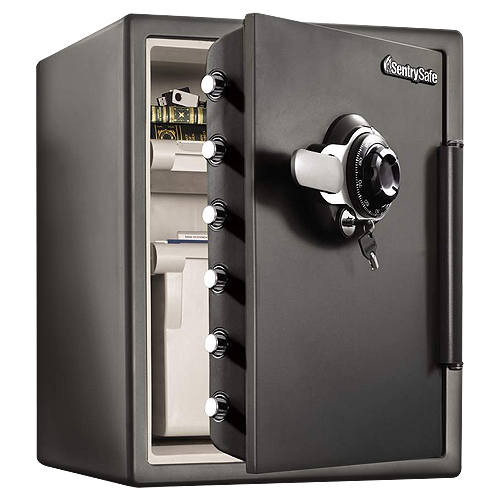How to control the obsolescence of my documents under the ISO 9001 Standard?

ISO 9001 standard
A Quality Management System based on ISO 9001 needs to somehow control the documented procedures, even if you try to reduce their number to a minimum, you will still have to provide some documented procedures. Although the new requirements of ISO 9001 2015 do not require the creation of documented procedures to control these documents, there is still a need to control the documented information of the organization.
What the ISO 9001 standard states and how it can be met
The new requirements of the ISO 9001 2015 standard are not very different from those that already existed when it comes to controlling documents. It is necessary to demonstrate that the documents were approved for suitability before use, reviewed and updated periodically, and the legible and identifiable versions, which are relevant from the point of view of their use and the obsolete documents that are no longer used.
If you already have a procedure for document control, which complies with the ISO 9001 standard, this procedure will continue to be useful for the new version of the standard. As we have already mentioned, there is no need to change the terms you are already using, if you want to continue using the term documents and records instead of documented information, and then continue with your Quality Management System.
The importance of document approval and withdrawal
The documented information requirements of ISO 9001 2015 supersede the prerequisites for both documented procedures and records, and the proper approval and withdrawal of each of the organization’s important documents. The most important thing to remember will be that the right people have to approve a document and it has to be removed when its use is finished.
As there is no need to document all the procedures of your organization, you must ensure that the procedures that are approved must be forwarded to the appropriate employees. In the same way, if the procedure is updated, the old one must be quickly withdrawn from circulation among its workers, so that the new and improved work instructions can begin to be used.
Regarding the records, they are also necessary, because they are the objective evidence that they have been collected to show that it is properly implemented in its Quality Management System. Therefore, records must be properly approved at the time they are created. In the case of obsolete records, it is intended to define an estimated time in which to destroy them in order to gain space and storage capacity, since keeping evidence indefinitely is limited.
Available formats for documented information
Documented information is in two main formats:
- Paper copies and electronic documents
- Records
This is easy to understand, but how do paper copies and electronic documents differ from documented information? The systems are not very different in their basic concepts, although the details are different.
In the Quality Management System based on the ISO 9001 standard, it tells us that the procedures must have the proper authorization before they are released. Printed records must show the signature or stamp of the person in charge of approval.
If you want to keep this document on paper or saved on a CD-ROM, you will have to have a place where people can access the procedures to be able to use them, and it will have to be stored properly, that is, preventing them from being destroyed. physically, for this normally a copy is made available to the workers and never the original.
There are different software that helps to control the approval closing process, but this does not change the need to approve it before the document is released.
The withdrawal and elimination of obsolete procedures can be done very quickly thanks to a software, since it can be programmed at the moment in which you want a document to be withdrawn or eliminated. Hard copies are more difficult to control, as it would be necessary to locate and replace or destroy the hard copy of the document or record.
Today there are many software that make it easy to control documented ISO 9001 information, but they can be somewhat expensive for small businesses. If you have a small business that has procedures and records in place, then you should investigate a paper process for approving, using, monitoring, and withdrawing information from the organization.
A Quality Management System according to ISO 9001 is not intended to drive implementation through expensive software that does not meet the needs of your organization, but it is intended to help you improve customer satisfaction and save money through continuous improvement. With a simple method of controlling documented information that works for you, you won’t need to spend a lot of time and money.




